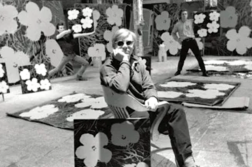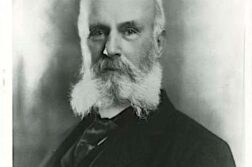BOGOTÁ COULD BE the next big destination for GLBT travelers and transplants, along with some other cities in Colombia. In this capital city of some eight million souls, there are an estimated 500,000 that belong to the GLBT community. With these kinds of numbers, the gay population of Bogotá has not been ignored by local politicians and business people.
As is common in many large cities, the GLBT culture in Bogotá is visible largely through gay men, if only because they outnumber the other three groups in this abbreviation. In fact, there is a gay district in Bogotá, the Chapinero, which houses hundreds of establishments—bars, discos, cafés, shops, etc.—for the gay community, along with a number of bathhouses, hotels, restaurants, clubs, video shops, and so on. (Unfortunately there is no gay bookstore in Bogotá.) And the Chapinero currently has a lesbian mayor.






